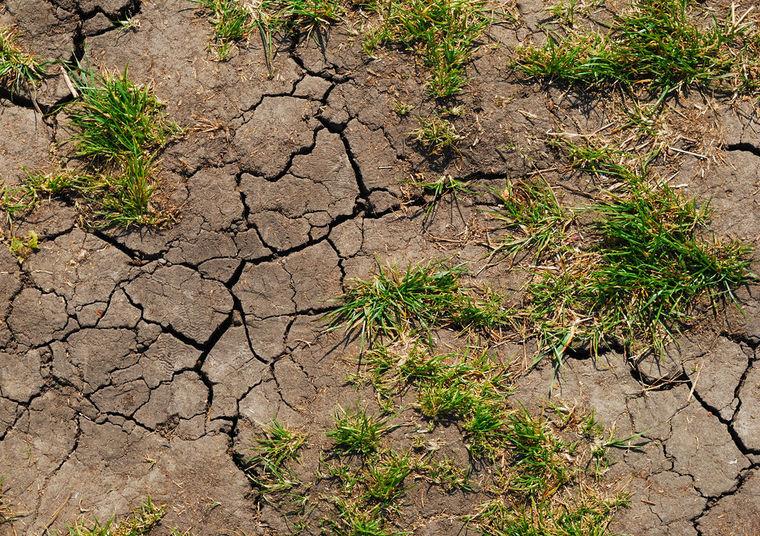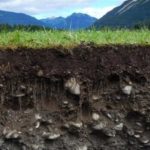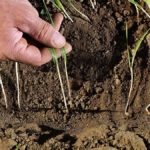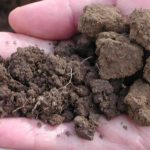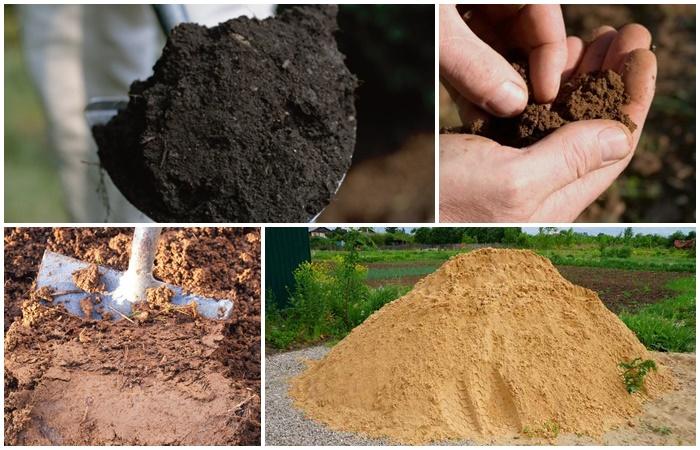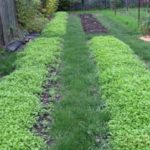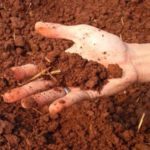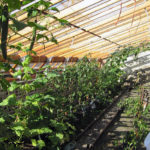The composition of the soil is heterogeneous. Common components that make up the soil: clay, sand, humus. The combination of the elements earth, water and air is capable of exhibiting different qualities. Based on these characteristics, it is customary to distinguish between structureless dry soil and structured soil. Each type of land has characteristics that must be taken into account when planting and growing crops.
What is structureless soil
Naturally, due to intensive farming, the top layer of soil quickly loses nutrients and microelements and dries out. If you take part of such soil in your hands, it is easy to grind it almost into dust.During use, the soil loses humus and humus, and small particles do not stick together into lumps. It will not be possible to collect large yields when growing crops on such lands.
After precipitation falls, a dense crust forms on the surface of the beds, and the moisture quickly evaporates. Due to the high cohesion of particles, air practically does not penetrate into the ground. The presence of clay particles significantly reduces the quality of the soil.
Features of structural soil
Soil fertility can be assessed by its composition. Moreover, it is necessary to examine the upper layer of the earthen layer, where the root system of most plant crops is formed and develops. If a handful of earth in your hands breaks up into lumps measuring 0.25-1.1 cm, then the soil can be defined as structural (fine-lumpy). Each lump of soil contains particles of sand and clay, held together by humus, and is difficult to wash away with water. Advantages of the soil:
- contains enough air for the roots to “breathe”;
- microorganisms develop well in structural soil;
- the presence of mineral salts, easily soluble in water, provides plant nutrition;
- the soil freely absorbs liquid during snow melting or precipitation and retains moisture for a long time.
The structured soil is ideal for farming. Vegetation cover and plant roots simultaneously contribute to the structuring of the soil. But several factors can be identified that worsen the quality of the soil: heat and frost, plants dry out the soil and select useful substances, heavy equipment compacts the layers, destroying small and large earthen pores.
Common methods of restoring soil structure: minimal tillage (no-moldboard method), shallow loosening, distribution of plant residues over the surface.
What is the difference?
First of all, the difference between structureless and structured soil lies in the amount of effort that must be expended on their cultivation:
- structural soil is formed in separate lumps, large or small. Each lump has a separate coherence due to gravity, intertwined plant roots, and humus. Since the soil is not uniformly cohesive, it is easy to dig up. The main efforts have to be spent on breaking the roots of plants;
- When cultivating structureless soil, significant efforts must be spent on overcoming cohesion and breaking the remnants of plant roots. The peculiarity of non-structural soil is that the higher the cohesion, the more difficult it is to process. To dig up structureless chernozem, in comparison with structured one, you will need to spend 40-45 times more effort.
The soils also differ in their suitability for agriculture. Of course, on a loose, fertilized surface layer that is well ventilated and moistened, the plants will bear fruit better and require less attention.
Various measures will help improve the quality of structureless land. First of all, the composition of the soil is changed (sandy soil is enriched with clay, chernozem, and sticky chernozem is “diluted” with sand). But any soil needs to be periodically enriched with organic additives and mineral fertilizers.
Experienced gardeners recommend mulching all beds. As a rule, mulch creates favorable conditions not only for plant growth, but also for the development of microorganisms and soil worms. Thanks to their vital activity, the structure of the earth improves and fertility increases.

